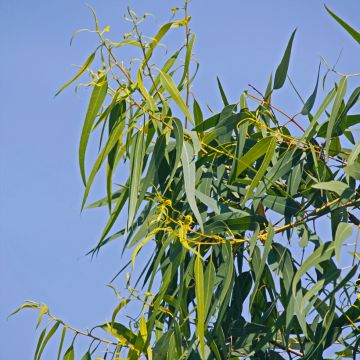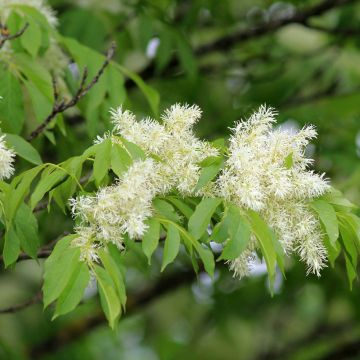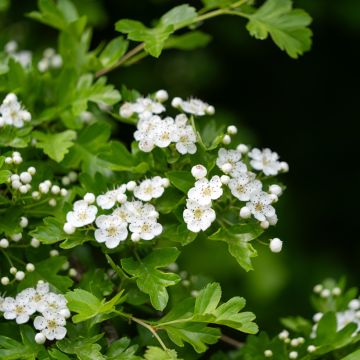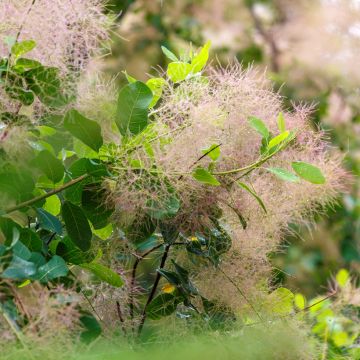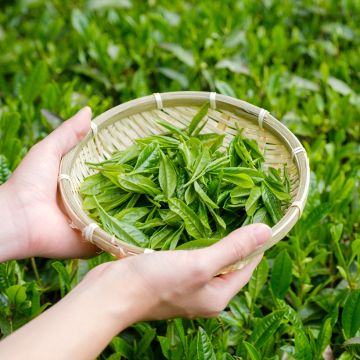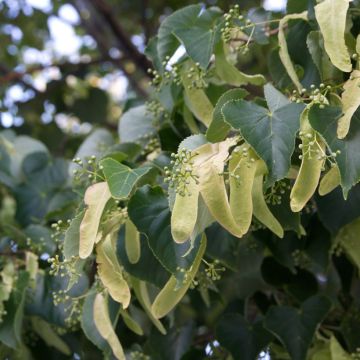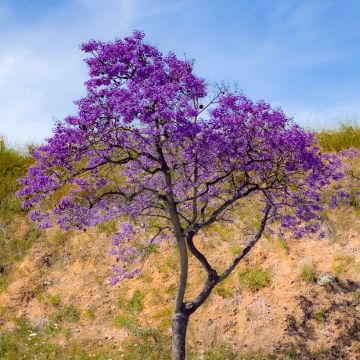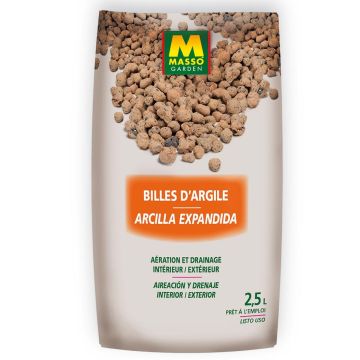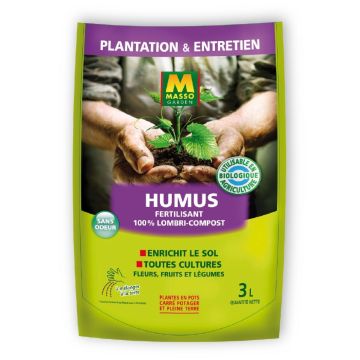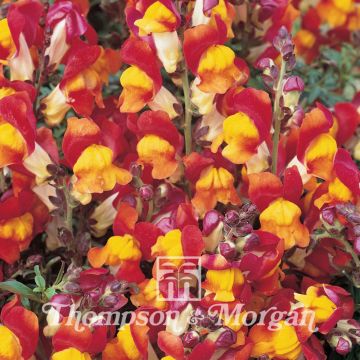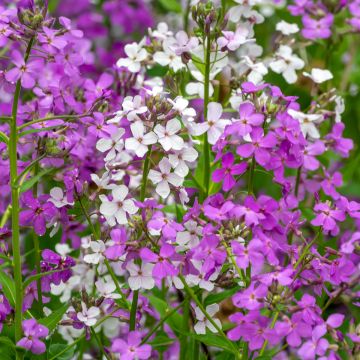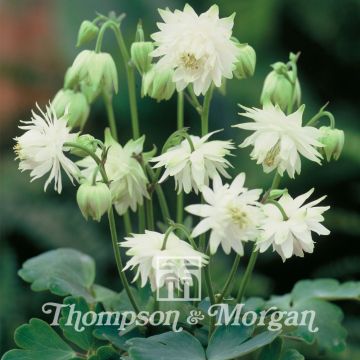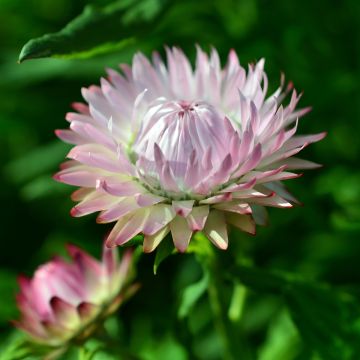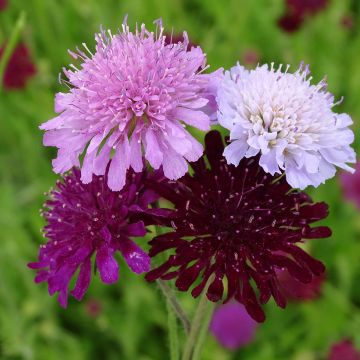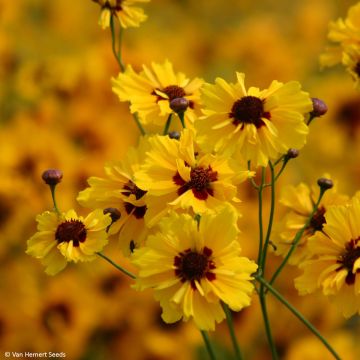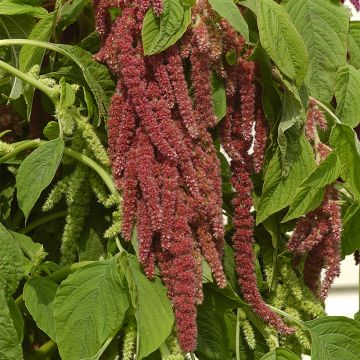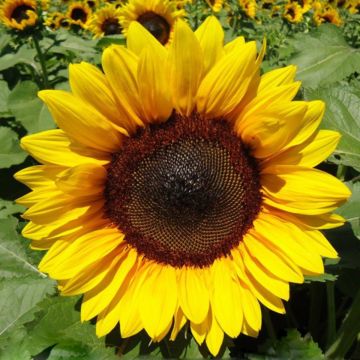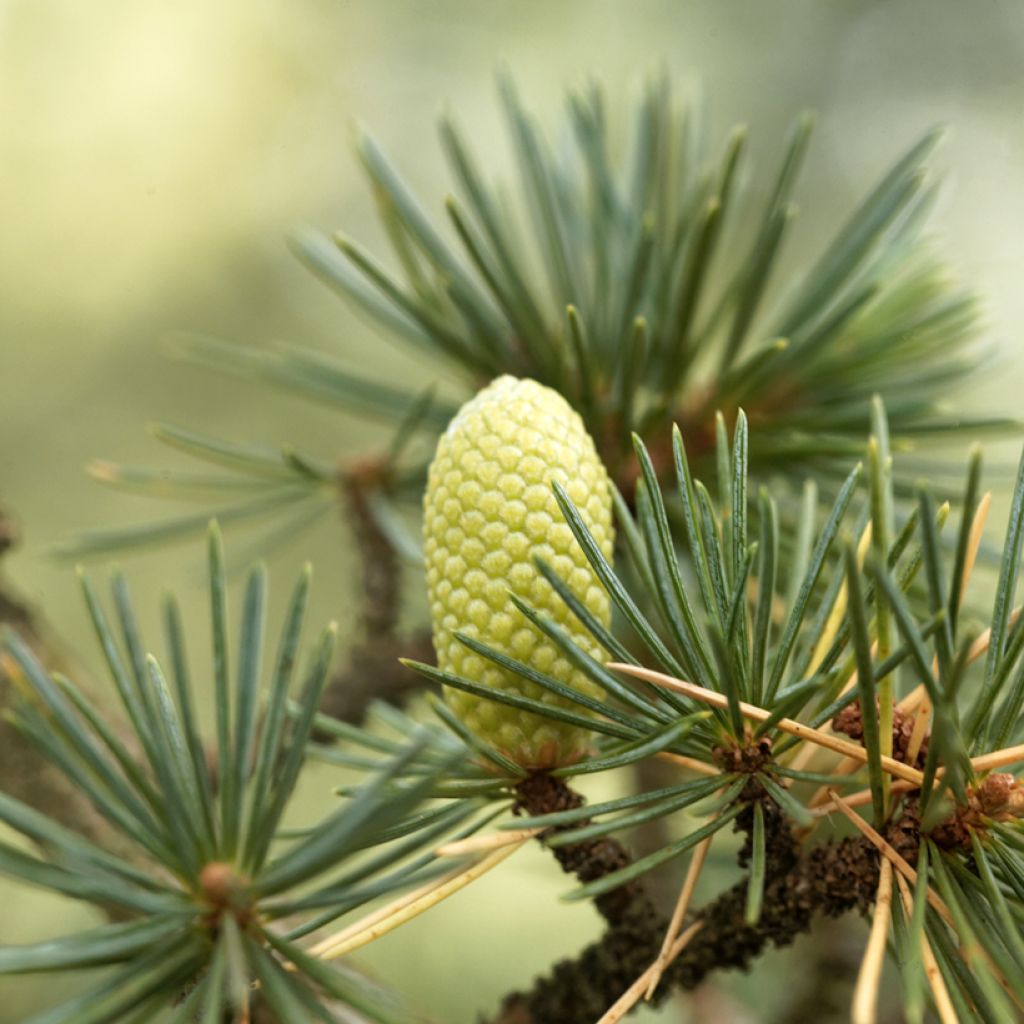

Cedrus libani seeds - Cedar of Lebanon


Cedrus libani seeds - Cedar of Lebanon
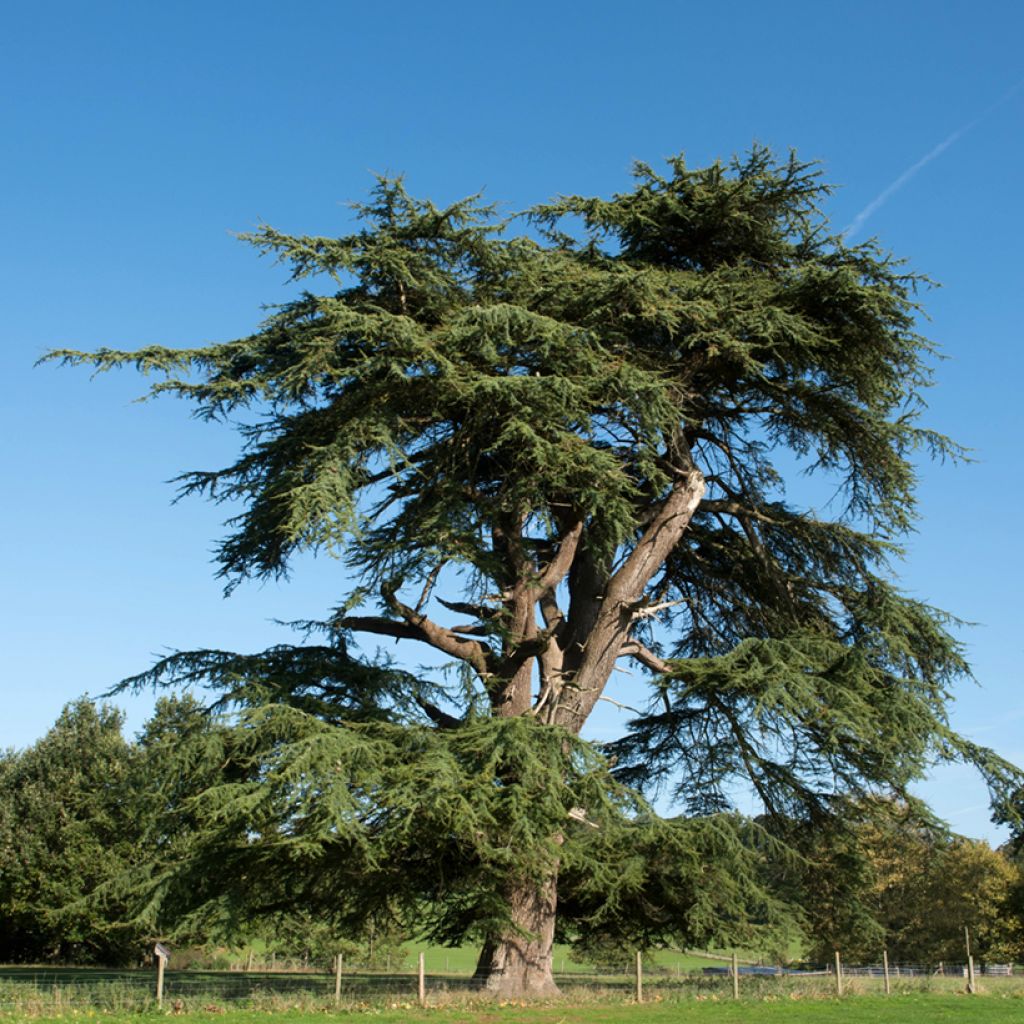

Cedrus libani seeds - Cedar of Lebanon
Cedrus libani seeds - Cedar of Lebanon
Cedrus libani
Cedar of Lebanon, Lebanese Cedar
Special offer!
Receive a €20 voucher for any order over €90 (excluding delivery costs, credit notes, and plastic-free options)!
1- Add your favorite plants to your cart.
2- Once you have reached €90, confirm your order (you can even choose the delivery date!).
3- As soon as your order is shipped, you will receive an email containing your voucher code, valid for 3 months (90 days).
Your voucher is unique and can only be used once, for any order with a minimum value of €20, excluding delivery costs.
Can be combined with other current offers, non-divisible and non-refundable.
Home or relay delivery (depending on size and destination)
Schedule delivery date,
and select date in basket
This plant carries a 6 months recovery warranty
More information
We guarantee the quality of our plants for a full growing cycle, and will replace at our expense any plant that fails to recover under normal climatic and planting conditions.
Would this plant suit my garden?
Set up your Plantfit profile →
Description
Cedrus libani, or Cedar of Lebanon, is a majestic tree, easily identifiable by its characteristic, tabular shape with a flattened crown. Its dense foliage, dark green with a slight bluish tint, is also highly recognisable. Slow-growing yet monumental in size, this conifer is often planted as a standalone specimen in parks or spacious gardens. Bonsai enthusiasts also appreciate it for its beauty and character.
Native to Lebanon, as its name suggests, where it adorns the national flag, Cedrus libani belongs to the Pinaceae family. It grows naturally on Mount Lebanon at altitudes ranging from 1500 to 2000 metres, where it can still be found in some protected areas. It is also present in Syria and particularly in Turkey (in the Taurus and Anti-Taurus mountains), where it forms large monospecific stands or grows alongside Pinus nigra (Black Pine) and Abies cilicica (Taurus Fir).
Relatively slow to moderate in growth, it typically reaches 6 metres in height after 15 years of planting. During the first 30 years, its habit is pyramidal to conical, taller than it is wide. But this giant in the making transforms over time, reaching around 24 metres in height and 15 to 18 metres in spread after about a hundred years. Its often very broad trunk divides into robust, almost horizontal branches, supporting similarly horizontally arranged twigs. Together, they form tabular layers of vegetation with a striking effect. The initially smooth and shiny bark becomes rough and cracks into small scales as the tree ages. The evergreen foliage consists of sharp, 2 to 3.5 cm long needles, arranged on short twigs. Flowering occurs in autumn (September-October), with male flowers in elongated, brown catkins measuring 6-7 cm long, while the female flowers, small green balls, emerge at the tips of the twigs. The upright cones are ovoid with a flattened top, measuring 7 to 10 cm long by 4 to 7 cm wide, and appear to sit on the branches. They remain on the tree for two or three years before opening and spreading, each scale then releasing two triangular seeds, with highly developed wings.
Introduced to England around 1638, this majestic conifer later spread across the continent. Its imposing size means it needs to be planted alone in a large space to fully appreciate its silhouette. In a spacious garden, several cedars can be arranged along a pathway, creating an original, romantic route. It is important to space the trees well to allow them to develop without constraints. Finally, Cedrus libani is also an excellent choice for bonsai cultivation.
Report an error about the product description
Cedrus libani seeds - Cedar of Lebanon in pictures




Flowering
Foliage
Plant habit
Botanical data
Cedrus
libani
Pinaceae
Cedar of Lebanon, Lebanese Cedar
Middle East
Other Tree seeds
View all →Planting and care
Sow Cedar of Lebanon in spring from February onwards, or in autumn. The best results are often achieved in April. The seeds are collected from three-year-old cones, as younger cones are immature. Germination capacity is rarely above 50%, so don't be surprised if not all the seeds sprout—it's not your fault! Cedar of Lebanon seeds are triangular and quite large.
To aid germination, start by cold stratifying the seeds for 3 to 6 weeks at a temperature of 0 to 1°C. Place them in damp sand inside a tray, in the coldest part of a fridge. This treatment mimics the winter period and aims to break the dormancy of the seeds.
Then, soak your seeds in water for 1 or 2 days to soften them before placing them in a seed tray filled with compost. Bury them pointy end down and keep the tray moist at a temperature of around 18°C. Germination will occur after 1 to 3 months.
When the seedlings reach 10 cm, it's time to transplant them into deep forestry pots. This allows the taproot to develop freely, as the Cedar initially forms a central root with very few lateral rootlets. After 6 months to 1 year of growing in pots, it's time to plant your young Cedars in their permanent location, as transplanting them later is not recommended.
Sowing period
Intended location
This item has not been reviewed yet - be the first to leave a review about it.
Similar products
Haven't found what you were looking for?
Hardiness is the lowest winter temperature a plant can endure without suffering serious damage or even dying. However, hardiness is affected by location (a sheltered area, such as a patio), protection (winter cover) and soil type (hardiness is improved by well-drained soil).

Photo Sharing Terms & Conditions
In order to encourage gardeners to interact and share their experiences, Promesse de fleurs offers various media enabling content to be uploaded onto its Site - in particular via the ‘Photo sharing’ module.
The User agrees to refrain from:
- Posting any content that is illegal, prejudicial, insulting, racist, inciteful to hatred, revisionist, contrary to public decency, that infringes on privacy or on the privacy rights of third parties, in particular the publicity rights of persons and goods, intellectual property rights, or the right to privacy.
- Submitting content on behalf of a third party;
- Impersonate the identity of a third party and/or publish any personal information about a third party;
In general, the User undertakes to refrain from any unethical behaviour.
All Content (in particular text, comments, files, images, photos, videos, creative works, etc.), which may be subject to property or intellectual property rights, image or other private rights, shall remain the property of the User, subject to the limited rights granted by the terms of the licence granted by Promesse de fleurs as stated below. Users are at liberty to publish or not to publish such Content on the Site, notably via the ‘Photo Sharing’ facility, and accept that this Content shall be made public and freely accessible, notably on the Internet.
Users further acknowledge, undertake to have ,and guarantee that they hold all necessary rights and permissions to publish such material on the Site, in particular with regard to the legislation in force pertaining to any privacy, property, intellectual property, image, or contractual rights, or rights of any other nature. By publishing such Content on the Site, Users acknowledge accepting full liability as publishers of the Content within the meaning of the law, and grant Promesse de fleurs, free of charge, an inclusive, worldwide licence for the said Content for the entire duration of its publication, including all reproduction, representation, up/downloading, displaying, performing, transmission, and storage rights.
Users also grant permission for their name to be linked to the Content and accept that this link may not always be made available.
By engaging in posting material, Users consent to their Content becoming automatically accessible on the Internet, in particular on other sites and/or blogs and/or web pages of the Promesse de fleurs site, including in particular social pages and the Promesse de fleurs catalogue.
Users may secure the removal of entrusted content free of charge by issuing a simple request via our contact form.
The flowering period indicated on our website applies to countries and regions located in USDA zone 8 (France, the United Kingdom, Ireland, the Netherlands, etc.)
It will vary according to where you live:
- In zones 9 to 10 (Italy, Spain, Greece, etc.), flowering will occur about 2 to 4 weeks earlier.
- In zones 6 to 7 (Germany, Poland, Slovenia, and lower mountainous regions), flowering will be delayed by 2 to 3 weeks.
- In zone 5 (Central Europe, Scandinavia), blooming will be delayed by 3 to 5 weeks.
In temperate climates, pruning of spring-flowering shrubs (forsythia, spireas, etc.) should be done just after flowering.
Pruning of summer-flowering shrubs (Indian Lilac, Perovskia, etc.) can be done in winter or spring.
In cold regions as well as with frost-sensitive plants, avoid pruning too early when severe frosts may still occur.
The planting period indicated on our website applies to countries and regions located in USDA zone 8 (France, United Kingdom, Ireland, Netherlands).
It will vary according to where you live:
- In Mediterranean zones (Marseille, Madrid, Milan, etc.), autumn and winter are the best planting periods.
- In continental zones (Strasbourg, Munich, Vienna, etc.), delay planting by 2 to 3 weeks in spring and bring it forward by 2 to 4 weeks in autumn.
- In mountainous regions (the Alps, Pyrenees, Carpathians, etc.), it is best to plant in late spring (May-June) or late summer (August-September).
The harvesting period indicated on our website applies to countries and regions in USDA zone 8 (France, England, Ireland, the Netherlands).
In colder areas (Scandinavia, Poland, Austria...) fruit and vegetable harvests are likely to be delayed by 3-4 weeks.
In warmer areas (Italy, Spain, Greece, etc.), harvesting will probably take place earlier, depending on weather conditions.
The sowing periods indicated on our website apply to countries and regions within USDA Zone 8 (France, UK, Ireland, Netherlands).
In colder areas (Scandinavia, Poland, Austria...), delay any outdoor sowing by 3-4 weeks, or sow under glass.
In warmer climes (Italy, Spain, Greece, etc.), bring outdoor sowing forward by a few weeks.































